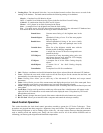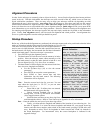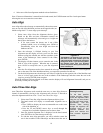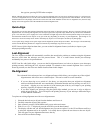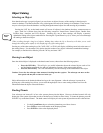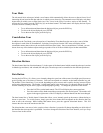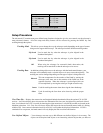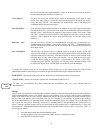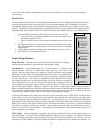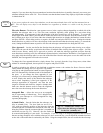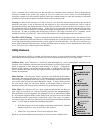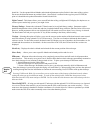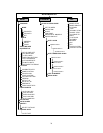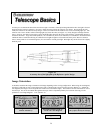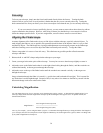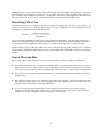
24
Note: Some of the databases contain thousands of objects, and can therefore take several minutes to return the
closest objects.
Precise GoTo
The Advanced Series telescopes have a precise goto function that can assist in finding extremely faint objects and
centering objects closer to the center of the field of view for astrophotography and CCD imaging. Precise Goto
automatically searches out the closest bright star to the desired object and asks the user to carefully center it in the
eyepiece. The hand control then calculates the small difference between its goto position and its centered position.
Using this offset, the telescope will then slew to the desired object with enhanced accuracy. To use Precise Goto:
1. Press the MENU button and use the Up/Down keys to select Precise Goto.
• Choose Database to select the object that you want to observe from any of
the database catalogs listed or;
• Choose RA/DEC to enter a set of celestial coordinates that you wish to slew
to.
2. Once the desired object is selected, the hand control will search out and display
the closest bright star to your desired object. Press ENTER to slew to the bright
alignment star.
3. Use the direction buttons to carefully center the alignment star in the eyepiece.
4. Press ENTER to slew to the desired object.
Scope Setup Features
Setup Time-Site
- Allows the user to customize the telescope's display by changing
time and location parameters (such as time zone and daylight savings).
Anti-backlash – All mechanical gears have a certain amount of backlash or play
between the gears. This play is evident by how long it takes for a star to move in the
eyepiece when the hand control arrow buttons are pressed (especially when changing
directions). The Advanced GT's anti-backlash features allows the user to compensate for
backlash by inputting a value which quickly rewinds the motors just enough to eliminate
the play between gears. The amount of compensation needed depends on the slewing
rate selected; the slower the slewing rate the longer it will take for the star to appear to
move in the eyepiece. There are two values for each axis, positive and negative. Positive
is the amount of compensation applied when you press the button, in order to get the
gears moving quickly without a long pause. Negative is the amount of compensation applied when you release the
button, winding the motors back in the other direction to resume tracking. Normally both values should be the same.
You will need to experiment with different values (from 0-99); a value between 20 and 50 is usually best for most
visual observing, whereas a higher value may be necessary for photographic guiding.
To set the anti-backlash value, scroll down to the anti-backlash option and press ENTER. While viewing an object
in the eyepiece, observe the responsiveness of each of the four arrow buttons. Note which directions you see a pause
in the star movement after the button has been pressed. Working one axis at a time, adjust the backlash settings
high enough to cause immediate movement without resulting in a pronounced jump when pressing or releasing the
button. Now, enter the same values for both positive and negative directions. If you notice a jump when releasing
the button, but setting the values lower results in a pause when pressing the button, go with the higher value for
positive, but use a lower value for negative. The telescope will remember these values and use them each time it is
turned on until they are changed.
Filter Limits – When an alignment is complete, the telescope automatically knows which celestial objects are
above the horizon. As a result, when scrolling through the database lists (or selecting the Tour function), the hand
control will display only those objects that are known to be above the horizon when you are observing. You can
customize the object database by selecting altitude limits that are appropriate for your location and situation. For
SETUP TIME-SITE
AZM POSITIVE
AZM NEGATIVE
ALT POSITIVE
ALT NEGATIVE
ANTI-BACKLASH
ALTMAX IN LIST
ALTMIN IN LIST
FILTER LIMITS
AZM BUTTONS
ALT BUTTONS
DIRECTION BUTTONS
AZM APPROACH
ALT APPROACH
GOTO APPROACH
AZM RATE
ALT RATE
AUTOGUIDE RATES
AZM MIN LIMIT
AZM MAX LIMIT
AZIMUTH LIMITS
FILTERING ON
FILTERING OFF
E/W FILTERING
SCOPE SETUP



